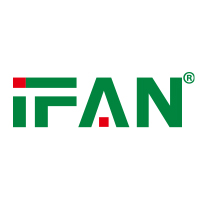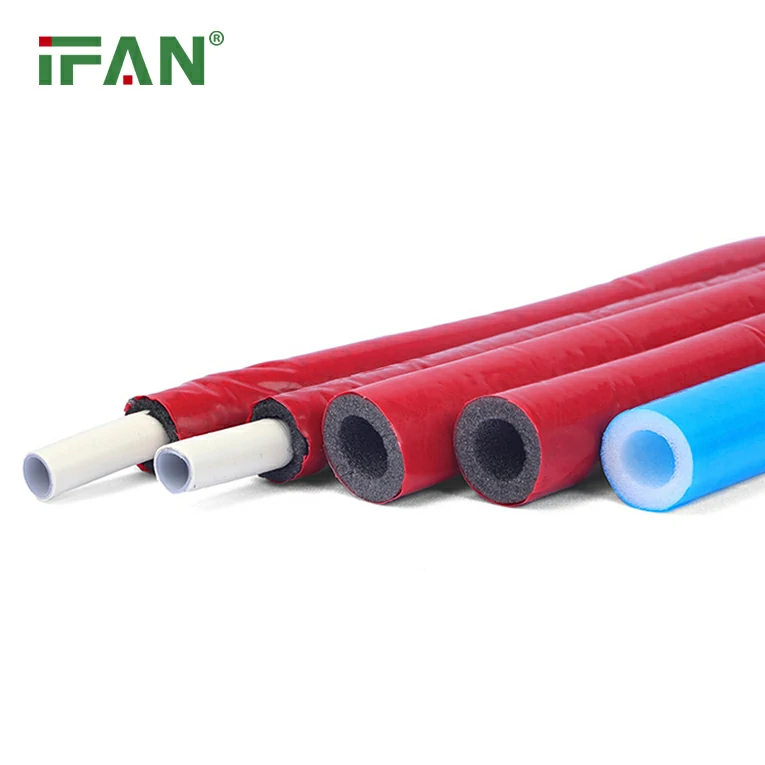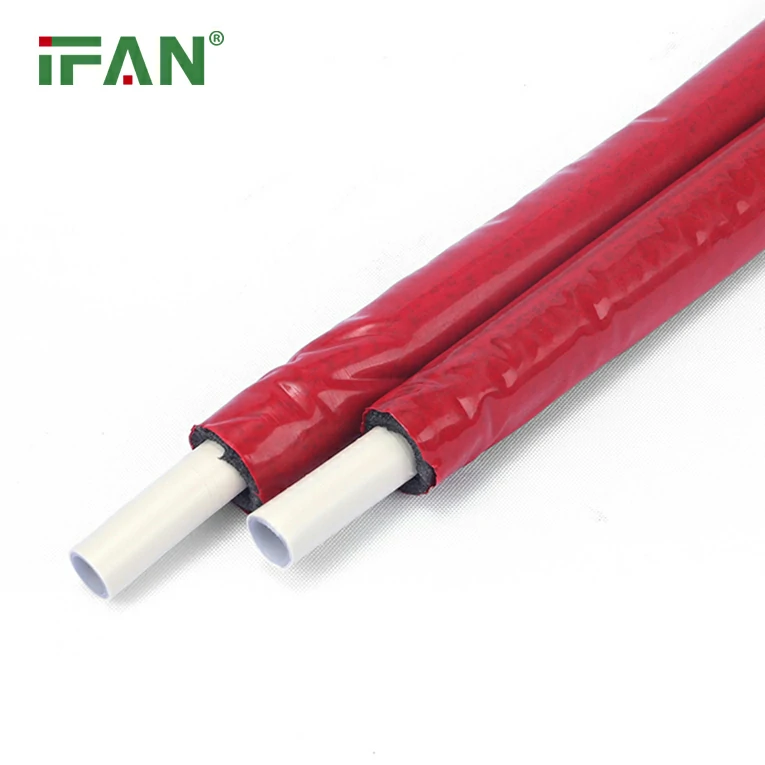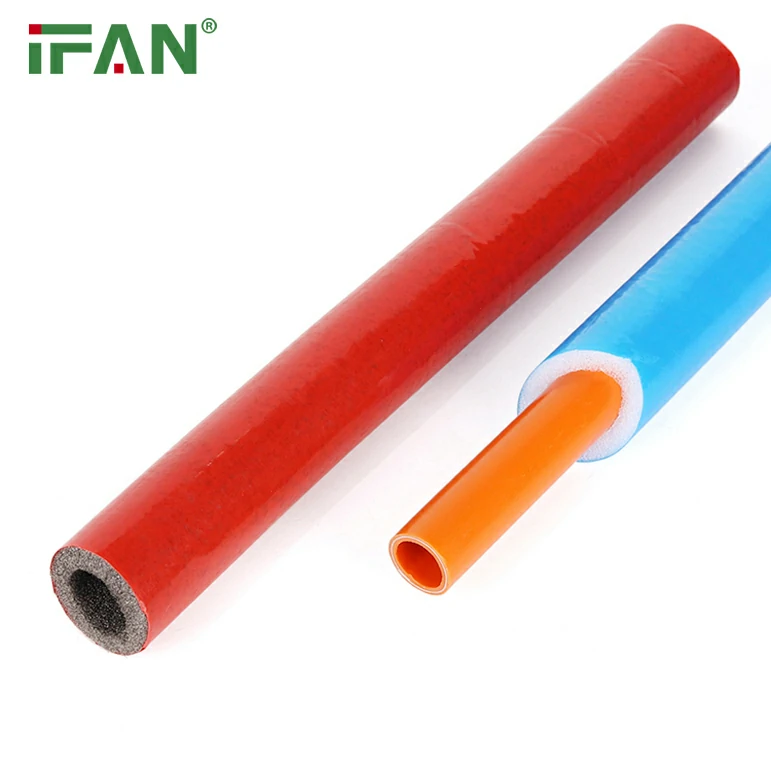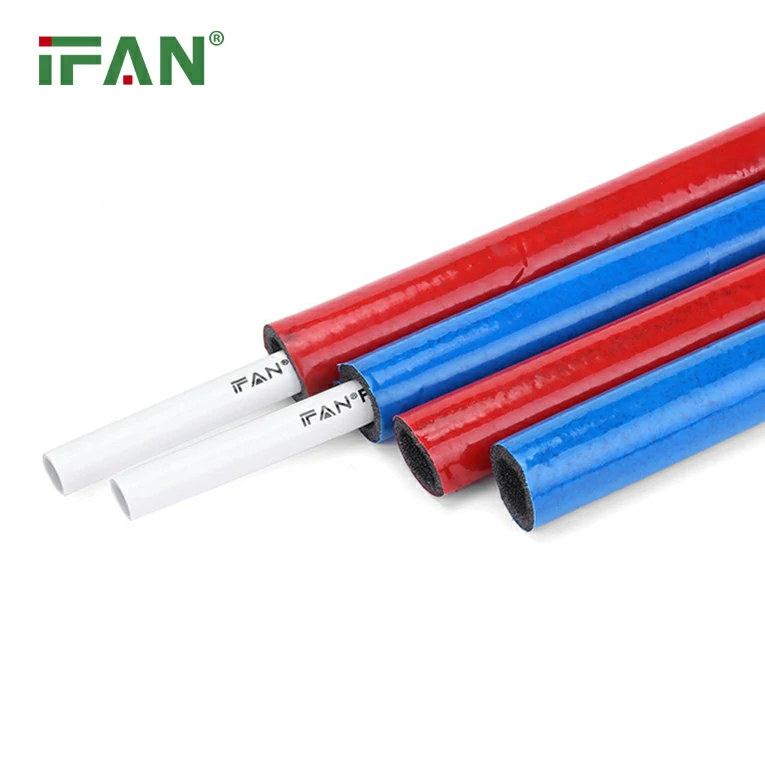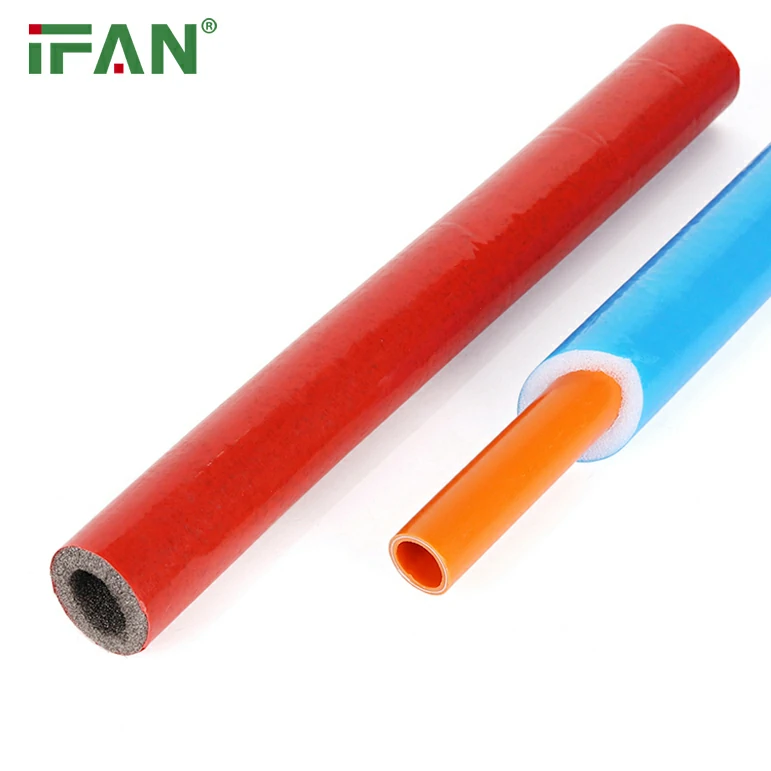Viega, a global leader in plumbing and HVAC systems, has made a strategic move to expand its manufacturing capabilities by bringing PEX pipe resin production to its McPherson, Kansas facility. This expansion is set to revolutionize the production and distribution of PEX pipes and PEX fittings in North America, further enhancing the company’s ability to meet the growing demand for high-quality plumbing materials. In this article, we will delve into the significance of this move, the impact on the industry, and how it affects the production of PEX fittings for plumbing systems. Additionally, we’ll explore the benefits of PEX pipe resin and how this development will shape the future of plumbing infrastructure.
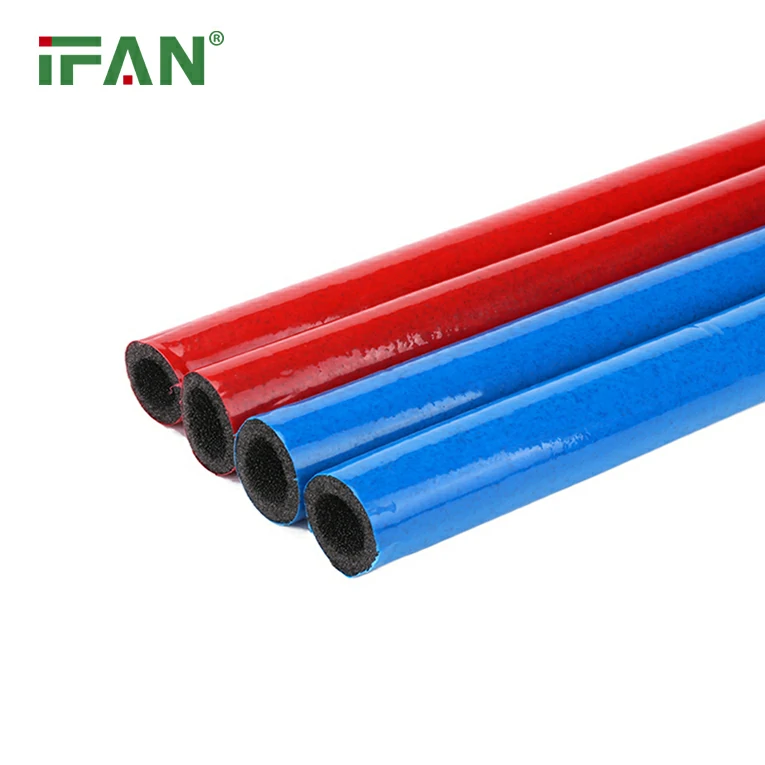
What is PEX Pipe Resin?
PEX pipe resin is the core material used to create PEX (cross-linked polyethylene) pipes, which are widely used for water distribution, radiant heating, and plumbing systems in residential, commercial, and industrial settings. The resin is a polymer that undergoes a special cross-linking process to enhance the material’s durability, flexibility, and resistance to corrosion and scaling.
PEX pipes are preferred by plumbers and homeowners alike due to their cost-effectiveness, ease of installation, and longevity. Unlike traditional materials such as copper or PVC, PEX pipes are resistant to freezing, don’t require joints or fittings to be soldered, and are highly adaptable to changes in design.
Viega’s Move to McPherson Facility
Viega has decided to bring the production of PEX pipe resin to its McPherson manufacturing facility, a key development that will significantly enhance the company’s production capacity. The McPherson facility is already known for producing PEX tubing and fittings, and the addition of resin production will allow Viega to vertically integrate its manufacturing process, streamlining the production of PEX pipes and fittings. This strategic decision provides several key advantages, not only for Viega but also for the broader plumbing industry.
1. Increased Production Capacity
With the addition of resin production in McPherson, Viega can now produce more PEX materials locally, allowing for faster production cycles and greater flexibility to meet demand. This expansion enables the company to better serve the growing market for PEX piping systems, especially with the increasing preference for PEX in new construction and renovation projects.
2. Reduced Lead Times
Having local production of PEX pipe resin reduces lead times for finished products. Instead of waiting for resin to be sourced from overseas or different parts of the country, Viega can now produce PEX pipes and fittings much faster, ensuring quicker deliveries to distributors and customers. This localized supply chain benefits not only Viega but also plumbers and contractors who rely on timely deliveries to keep projects on schedule.
3. Improved Quality Control
Producing the resin in-house allows Viega to have full control over the quality of the materials used in their PEX fittings and pipes. Quality control is critical in ensuring that PEX systems are durable, reliable, and able to withstand the demands of plumbing systems for years. By controlling the production of resin, Viega ensures that the resin used in its pipes and fittings meets the highest industry standards.
4. Sustainability Benefits
Viega’s decision to bring PEX pipe resin production to McPherson also has sustainability advantages. By producing resin locally, the company can minimize transportation costs and reduce its carbon footprint. This aligns with Viega’s commitment to sustainability and environmentally responsible manufacturing practices.
How Viega’s McPherson Facility Impacts the Plumbing Industry
The expansion of PEX pipe resin production at Viega’s McPherson facility is a significant move for the plumbing industry. It highlights several trends and shifts in the market that have broad implications for both the manufacturers and end-users of PEX pipes and fittings.
1. Rising Demand for PEX Systems
The demand for PEX piping systems continues to grow across North America. PEX has become the preferred material for plumbing systems in both residential and commercial applications due to its flexibility, ease of installation, and cost-effectiveness. By expanding its production capabilities, Viega is positioning itself to better meet this demand and strengthen its position as a leading provider of PEX fittings.
In particular, PEX has gained popularity in areas with colder climates because of its resistance to freezing. The material can expand when frozen and return to its original shape once thawed, a feature that significantly reduces the risk of pipe bursts. This is one of the reasons why PEX is now widely used in areas with harsh winters.
2. Innovation in PEX Fittings
As the demand for PEX systems increases, the need for high-quality PEX fittings becomes more critical. Viega is known for its innovative approach to manufacturing plumbing products, and this expansion further cements its role as an industry leader in the development of PEX fittings. The company’s PureFlow PEX system, for instance, features push-fit technology that eliminates the need for crimping or clamping, simplifying the installation process. The in-house production of PEX resin will enable Viega to continue to innovate and improve the performance and ease of use of its products.
3. Competitor Responses
Viega’s move to increase local production may prompt competitors to follow suit and expand their own manufacturing operations. As PEX fittings continue to be a major growth area in the plumbing industry, companies will need to keep up with the demand and ensure their product offerings remain competitive in terms of quality, price, and availability. This could lead to increased competition in the PEX pipe resin market, encouraging further advancements in technology and production methods.
The Role of PEX Fittings in Plumbing Systems
PEX fittings play a crucial role in the installation and long-term performance of PEX pipe systems. These fittings are used to connect PEX pipes to each other or to other types of piping materials, such as copper, PVC, or steel. PEX fittings come in various types, including:
1. Crimp Fittings
Crimp fittings are commonly used in PEX installations and are secured using a crimping tool. These fittings are available in a wide range of sizes and are often used in residential plumbing applications.
2. Push-Fit Fittings
Push-fit fittings are easy to install and do not require any special tools or crimping. They are ideal for DIY enthusiasts or contractors looking for quick and efficient installation options. These fittings are gaining popularity because of their simplicity and reliability.
3. Compression Fittings
Compression fittings are used to connect PEX pipes to other materials, such as copper or PVC. These fittings are commonly used in more complex plumbing systems that require a secure and reliable connection.
4. Expansion Fittings
Expansion fittings use an expansion tool to expand the end of the PEX pipe, which is then inserted into the fitting. The pipe contracts back to its original size, forming a secure, permanent seal. This method is commonly used in ProPEX systems and is known for its durability and reliability.
Why Viega’s Expansion is a Game Changer for the Industry
Viega’s decision to bring PEX pipe resin production to its McPherson facility is a significant milestone for the plumbing industry. The increased production capacity, improved quality control, and faster lead times will undoubtedly benefit plumbing professionals, distributors, and homeowners who rely on high-quality PEX fittings and pipes for their plumbing needs. This expansion not only ensures that Viega can meet the growing demand for PEX systems but also allows the company to maintain its position as a leader in the plumbing market.
As the demand for PEX systems continues to rise, Viega’s move may set a precedent for other manufacturers in the industry to enhance their production capabilities and better serve the needs of the plumbing market. This could ultimately lead to more innovation, better products, and more sustainable manufacturing practices across the industry.
Frequently Asked Questions (FAQs)
1. What is the significance of Viega bringing PEX resin production to its McPherson facility?
Viega’s expansion of PEX resin production at its McPherson facility allows for faster production, better quality control, and reduced lead times for PEX pipes and fittings. It also helps meet the increasing demand for PEX systems in North America.
2. How does PEX compare to other materials like copper and PVC?
PEX offers several advantages over copper and PVC, including greater flexibility, resistance to freezing, ease of installation, and cost-effectiveness. It is also less likely to corrode, making it a durable choice for plumbing systems.
3. What types of PEX fittings are available?
Common types of PEX fittings include crimp fittings, push-fit fittings, compression fittings, and expansion fittings. Each type offers different benefits depending on the installation method and the specific plumbing system.
4. How do push-fit fittings work with PEX pipes?
Push-fit fittings allow for easy installation without the need for special tools or crimping. The PEX pipe is simply pushed into the fitting, and a secure, leak-free connection is made instantly. These fittings are ideal for quick installations.
5. Will Viega’s expansion affect the cost of PEX pipes and fittings?
Viega’s expansion of its manufacturing facility is likely to reduce production costs and improve efficiency, which could help stabilize or reduce the cost of PEX pipes and fittings in the long run, benefiting consumers and contractors alike.
